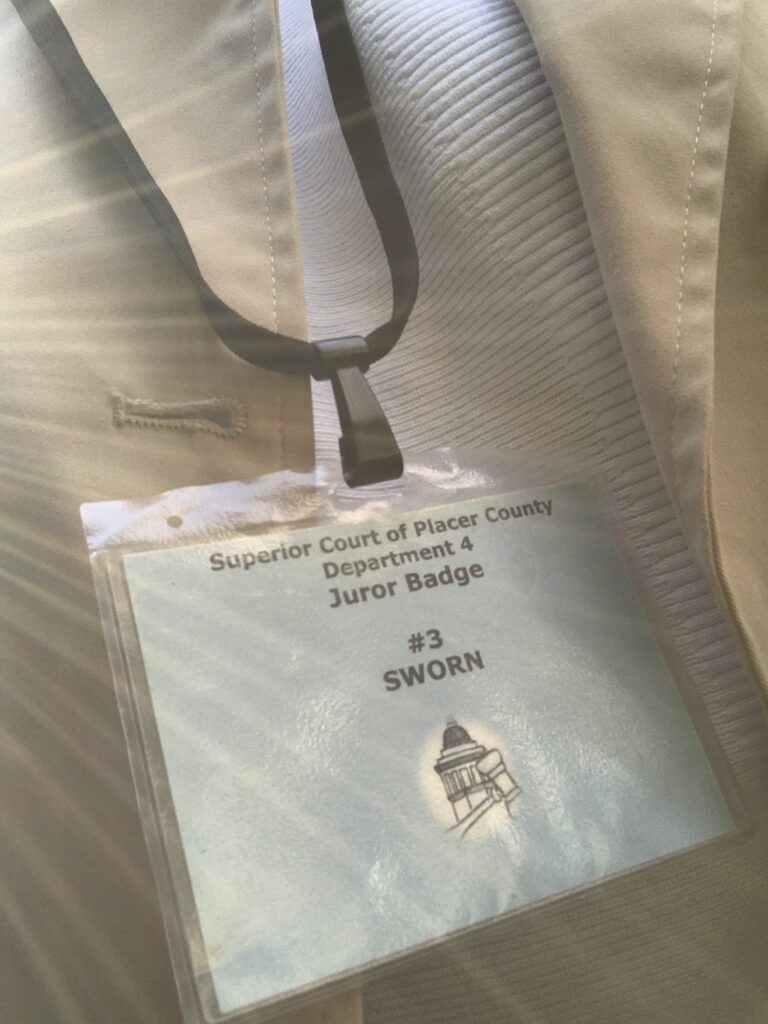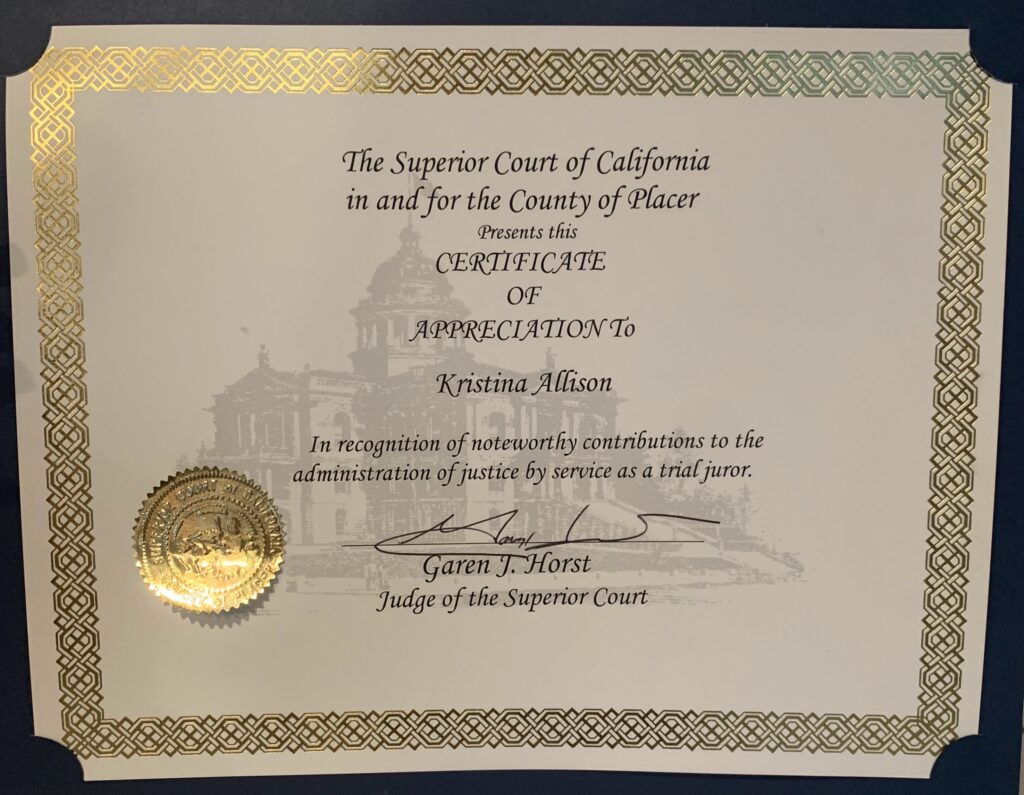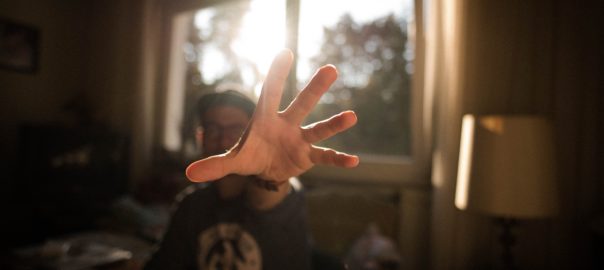Every kid should have the opportunity to use power tools, drive a car, climb trees, burn things with a magnifying glass and even play with fire, according to Gever Tulley. Of course, he doesn’t mean my children, right? As a parent, I find myself cringing and visibly shaking at the thought of my kids getting hurt. The first time each of them learned to ride a bike, I could be seen running along side them, lecturing instructions. As a teacher, I know this is ridiculous. I know taking risks is exactly what kids need. So why are teachers still in this overprotective mindset, not allowing their students to try two wheels on their own? Breaking away from this attitude is exactly what educators should be doing. It’s time for the training wheels to come off.
In his book 50 Dangerous Things (You Should Let Your Children Do) and in his 2007 TED Talk, Tulley emphasizes ways parents can encourage their children to be more independent and foster critical thinking. He believes by allowing kids to do things we might consider dangerous, it gives them the opportunity to recognize and mitigate risk. If you allow your kid to drive, (on your lap he advises), your child will understand better the seriousness of navigating traffic, as well as the concentration a driver must have to maneuver a 4,000 pound machine. Wouldn’t kids be more likely to pipe down in the back seat in stressful traffic conditions? He argues that with these real life experiences, children will better understand safety and the world around them. Moving this idea to the classroom, we also want our students to be independent and critical thinkers who can make real world decisions. Perhaps pushing them to take risks is just the way to do it.
I began teaching in 1995 at a middle school in Southern California. Being wet behind the ears, I was eager to implement any new strategy that was thrown at me. I said yes to every workshop and even tried some pretty horrible programs in those inaugural years. Soon, I was working with a highly motivated team and running a project based language arts and social studies classroom. Then the new standards came out (now the old California Content Standards) along with No Child Left Behind. Things were about to shift. My life changed, too. Becoming a mom, I decided to take some time off and focus on that role. It was really perfect timing.
Eight years later I returned to a classroom where my students were expected to read passages and simply answer multiple choice questions. I was baffled. Where was the writing? Where was the critical thinking and problem solving? Well, if you wait long enough, education policy always shifts. Enter the Common Core Standards. The problem is that the rigor required to implement these new standards hasn’t been present in so many classrooms for years. It’s time to remember how to ride that old bike. Let’s dust off that old banana seat, shine those spokes and show our students how to pedal down the path of learning. It’s time to be a little “dangerous.” Here’s a few things we can let students do:
Steer: We live in a new age. Yes, I mean the digital age. Information is at students’ fingertips. They can find the answer to just about any question in a matter of moments, assuming the wifi connection is cooperating. Then why are we giving our students the answers? I was once in a workshop conducted by a dear friend who asked the question: “Why are you standing at the front of the class giving students information, when they can look it up themselves?” This blew my mind. Game changer. Mind shift. Time to rethink my classroom. Instead of lecturing, I should be posing questions and having students try and find their own answers.
Remember Project Based Learning? That was good stuff. A huge part of that requires inquiry. It is organized around an open-ended driving question. How does climate affect the way we eat? How could the Civil War been avoided? A great idea is to show a video of an experiment/concept. Before the end, stop the video. Instead of just giving the answer, ask students to predict what would happen and why. You’ll be amazed at the outcome. I rarely answer questions in my classroom anymore. I just ask them. I’m learning to let go of the handlebars.
Choose the Path: I am a HUGE proponent for choice in the classroom. Heck, I’m a huge proponent of choice in life. I want to pick my car, my movies and even my ice cream flavor. Why should students be any different? In fact, studies show that it’s not just choice but the perception of choice that makes humans buy in. Anyone who has been in a long term relationship knows this. When I want my husband to do something, I hint at it until he thinks it’s his idea. Since it’s his choice, he’s happy to do it! Choice is an extrinsic motivator that, in turn, can create intrinsic motivation. In the classroom this means that if a student believes he has a say in his own learning, he will be far more motivated.
I have seen this first-hand by implementing Genius Hour in my classroom, a concept made famous by Google, where 20% of work time is spent on a project of the individual’s choosing. Ask any of my 8th graders and they’ll tell you, it was the project on which they worked the hardest, and the one they loved the most. Stop telling your students what you want them to learn. Let them tell you what they want to learn. And it’s okay to trick them, like a good wife. Students will be motivated to choose their own path to pedal.
Fall and Get Back Up: John Dewey, that pedagogical rock star, once wrote, “All learning begins when our comfortables ideas turn out to be inadequate.” We learn when our status quo is no longer working. We have to change something. Try something new. This often means failure allowing for mistakes. (Failure implies we are setting students up not to succeed, when it is exactly the opposite). As teachers, we need to give our students opportunities to make mistakes, but in a safe environment. Creating a culture of safe risk taking should be a priority of instruction. Students should feel comfortable sharing ideas and work with the entire class. And if something is done incorrectly, that is simply a growing moment.
Creating an inquiry based environment allows students to find their own answers. Often, they find incorrect ones. This is just as valuable as getting the answer right the first time. One of my students once did a “How to” demonstration on cookies. She had researched and practiced many different ways to bake cookies, finding what she deemed the “perfect” one through her experiments. She messed up her presentation terribly, but was able to tell us why. (She even explained the science of her mistake). Being able to communicate to the class her mistake made it still a success! Human beings learn best when they fall short. As teachers, we need to foster this, pushing our students to take risks, but still scaffolding in layers of support. They fall off the bike sometimes, but we can help them back up.
Ride with Others: Students now have access to infinite possibilities outside of the four walls of the classroom. Why not let them? We know that collaboration only makes our students better, and through technology we can introduce them to a world where they can learn and share with real, authentic audiences, beyond just the teacher. Students also have easy ways to share what they’ve learned with each other in the classroom in effective and efficient ways. Allow students to find their own answers and showcase their expertise and educate their peers. Let them teach each other.
Through Google Hangouts and Skype, it is now possible to connect with experts all over the world. Why not arrange a video call with an author? My favorite way to connect is through blogging. Getting students’ words out on the internet gives their writing an authentic audience. My students have connected with other 8th graders in two different states simply through their writing. In the classroom, students can share their own ideas through sites such as Padlet, a virtual bulletin board. Here members of the class can research their own topics, find critical thinking solutions, make videos, then share with the entire class. Give your students an audience in and out of the classroom. Let them pedal together.
Ride for a Reason: Teachers have always prided themselves on student projects. We’ve had our students build missions, make book floats and even make animal reports in Google Slides. But this isn’t real creating. These are not authentic. Who is the audience? What is the purpose? Simply to have something up at Open House for parents is not a real audience. Checking a box that you used technology is not a real purpose.
Instead, imagine your students creating real world projects. Maybe the local park needs to be cleaned up. Students could design a commercial asking for volunteers. Perhaps the cafeteria needs a menu reboot. Students could conduct surveys and prepare a report for the administration. Maybe a student feels his parents are being unfair. He can create a convincing proposal to change their minds. The possibilities are endless. The key is, get students to buy in with choice, keep it open-ended, and allow students to create something that has an authentic purpose and audience. Simple, right? Students need teachers to provide the hills to ride, so they can pedal to the top.
The point of all this is that it’s time to be a rebel. Get dangerous. Break some rules. It’s time to step out of the front of the classroom and teach from your students’ side. Our role as educators is to guide, motivate and support our students to be better thinkers and better producers. They can do it. They want to ride. Give them a push and get out of their way.



